Myths about teaching can hold you back
- Year 2
Describe and name 3d shapes – prisms and pyramids
I can recognise and name pyramids and prisms and describe their properties.
- Year 2
Describe and name 3d shapes – prisms and pyramids
I can recognise and name pyramids and prisms and describe their properties.
These resources were made for remote use during the pandemic, not classroom teaching.
Switch to our new teaching resources now - designed by teachers and leading subject experts, and tested in classrooms.
Lesson details
Key learning points
- A prism is a 3D shape that has identical opposite polygon faces at each end which are joined by rectangular faces.
- A pyramid is a 3D shape that has a base and an apex at the opposite end to the base.
- A prism always has two opposite, identical polygon faces. A prism can be named after its identical polygon faces.
- A pyramid has a polygon as its base, which is the face opposite the apex. A pyramid can be named after its base.
Keywords
Prism - A 3D shape that has two opposite, identical polygon faces, joined by rectangular faces.
Pyramid - A 3D shape that has a base and an apex at the opposite end to the base, joined by triangular faces.
Common misconception
Children may find it difficult to name the shape of the faces that cannot be seen in drawings of 3D shapes.
Provide 3D shapes for children to handle alongside the drawings. Encourage them to visualise the shape rotating to help them identify and describe each face of the shape.
To help you plan your year 2 maths lesson on: Describe and name 3d shapes – prisms and pyramids, download all teaching resources for free and adapt to suit your pupils' needs...
To help you plan your year 2 maths lesson on: Describe and name 3d shapes – prisms and pyramids, download all teaching resources for free and adapt to suit your pupils' needs.
The starter quiz will activate and check your pupils' prior knowledge, with versions available both with and without answers in PDF format.
We use learning cycles to break down learning into key concepts or ideas linked to the learning outcome. Each learning cycle features explanations with checks for understanding and practice tasks with feedback. All of this is found in our slide decks, ready for you to download and edit. The practice tasks are also available as printable worksheets and some lessons have additional materials with extra material you might need for teaching the lesson.
The assessment exit quiz will test your pupils' understanding of the key learning points.
Our video is a tool for planning, showing how other teachers might teach the lesson, offering helpful tips, modelled explanations and inspiration for your own delivery in the classroom. Plus, you can set it as homework or revision for pupils and keep their learning on track by sharing an online pupil version of this lesson.
Explore more key stage 1 maths lessons from the Shape: discuss and compare 2D and 3D shapes unit, dive into the full primary maths curriculum, or learn more about lesson planning.

Licence
Prior knowledge starter quiz
6 Questions
Q1.Match the 3D shapes to their descriptions.
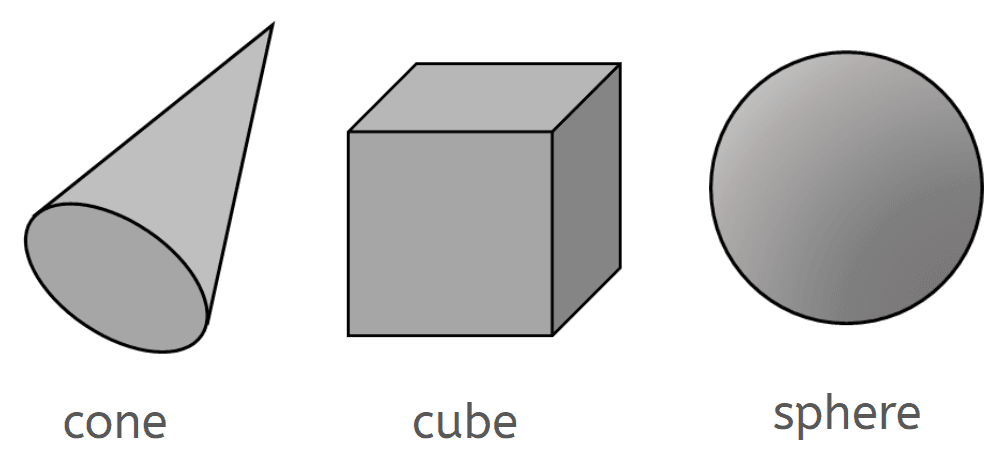
one circular face and one vertex
six square faces
no faces and no vertices
Q2.Label the parts of these 3D shapes.

a face
a vertex
a curved surface
Q3.Match the parts of the sentences together correctly.
is a face.
is a vertex.
is an edge.
Q4.Match the 3D shapes to their names.
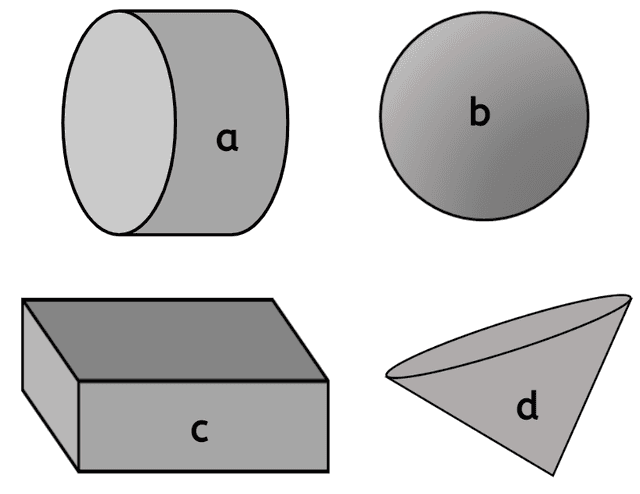
cylinder
sphere
cuboid
cone
Q5.Match the 3D shapes to their properties.
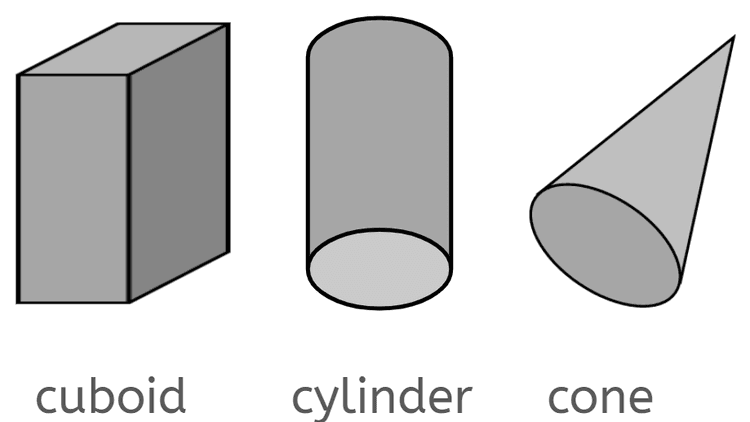
6 rectangular faces, 8 vertices and 12 edges
two circular faces, no vertices and no edges
one circular face and one vertex
Q6.Which of these properties describes a cube?
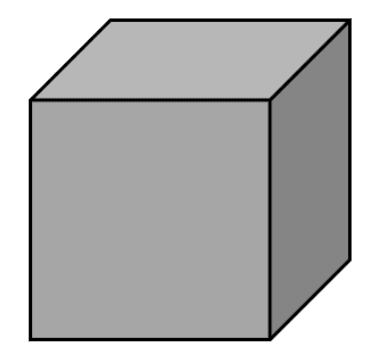
Assessment exit quiz
6 Questions
Q1.What is the same about these two pyramids?
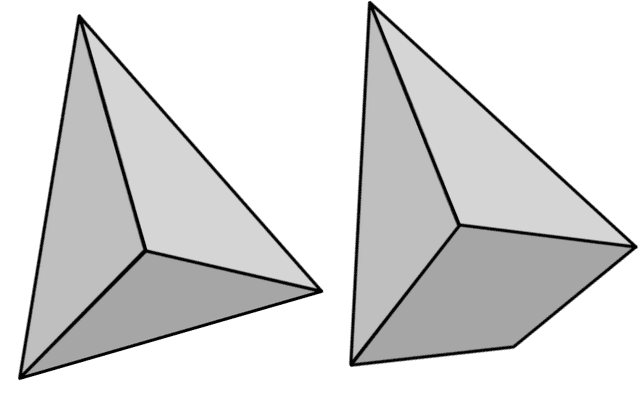
Q2.Label the parts of these 3D shapes.
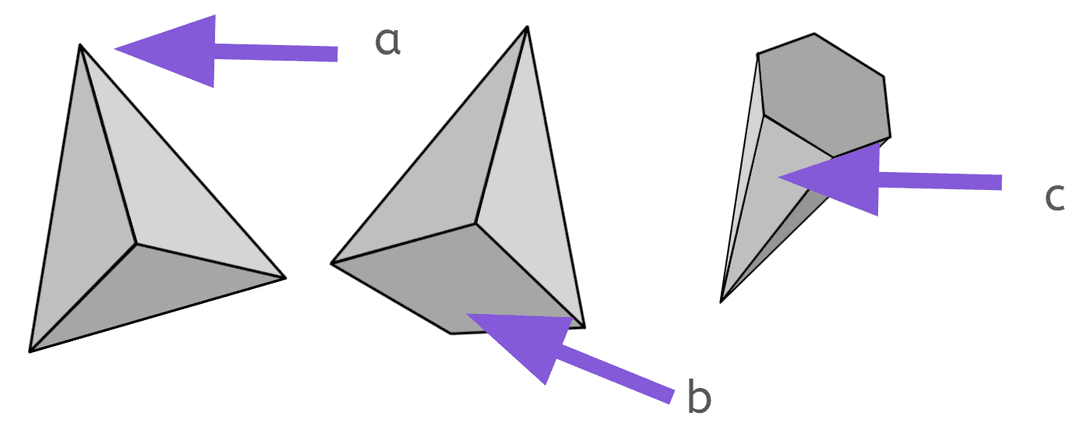
apex
base
triangular face
Q3.Match each pyramid to its name.

triangular-based pyramid
square-based pyramid
hexagonal-based pyramid
Q4.Each of these shapes is a prism. What is the same for all prisms?
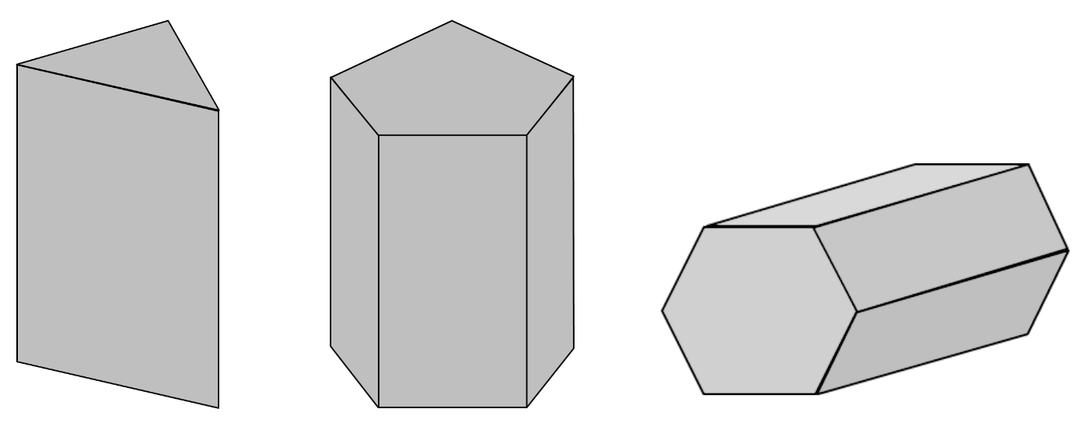
Q5.Which of the shapes are prisms?
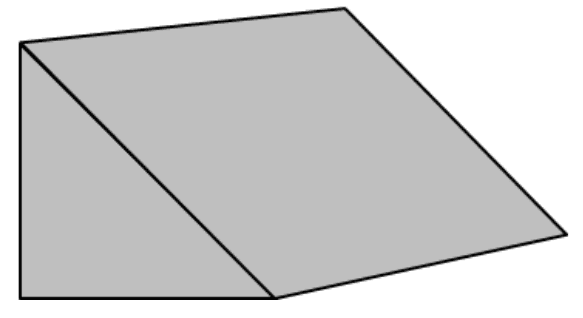
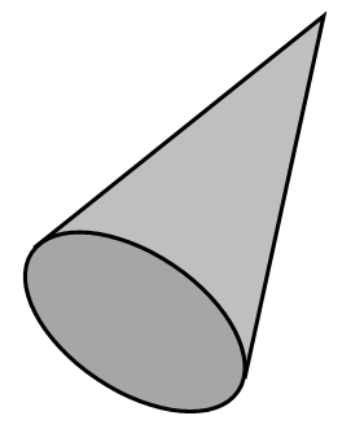
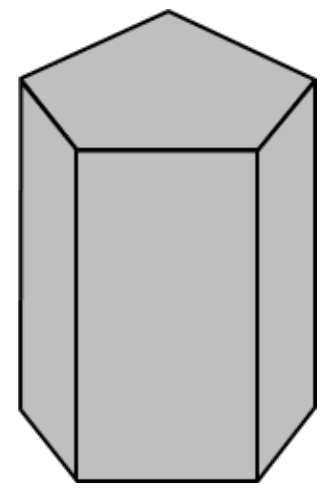
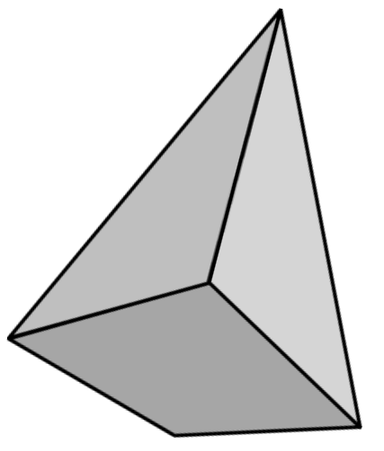
Q6.Match the properties to the correct 3D shape name.
has some triangular faces that meet at an apex
has two opposite, identical polygon faces


